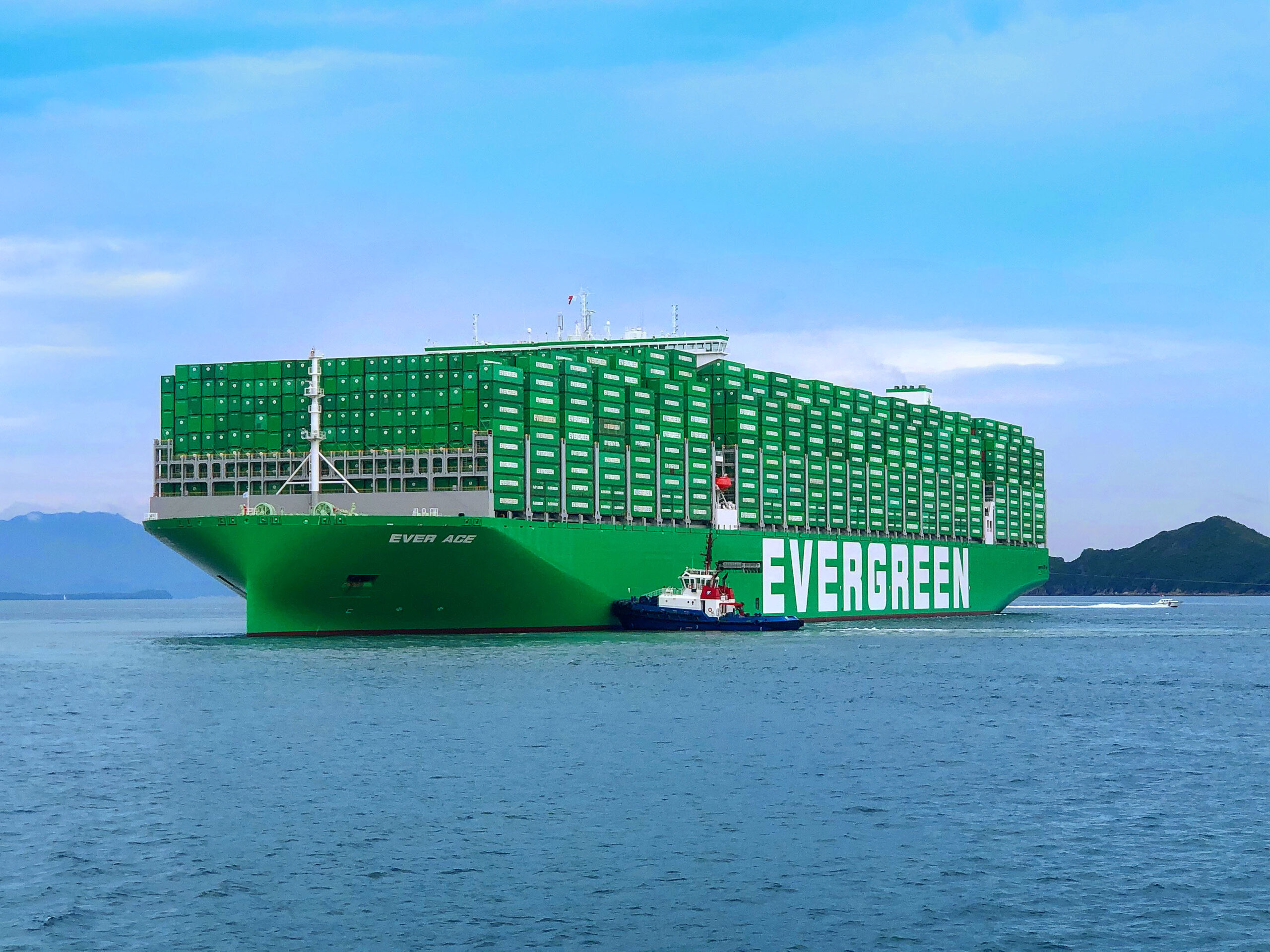We interviewed Magnus Raab, our Short Sea Manager for Greencarrier Freight Services Norway, to learn more about Short Sea shipping. What is it? Who should try it? What are the major benefits?
 Magnus! You have a lot of expertise within Short Sea, but let’s go back to basics. What is Short Sea and how does it work?
Magnus! You have a lot of expertise within Short Sea, but let’s go back to basics. What is Short Sea and how does it work?
– Short Sea is basically container movement shipped by sea within Europe, and with short time on the sea. This is mostly offered as Door-to-Door solutions. Transport by sea makes this a more environmentally friendly solution compared to transport with trailers on the road. But to be clear, short sea shipping is not a matter of dismantling road transport. It is about finding green and innovative transport alternatives to improve the logistics flow for customers.
If you look at the whole logistics chain – how important is Short Sea as a transportation mode?
– I may not be the most objective person answering this question, but I would say very important! Short Sea is the green road without traffic jam and almost maintenance free. For imports to Scandinavia, we can load in The Baltics, UK or the main ports of the European continent Friday and deliver in Gothenburg, Oslo, or Copenhagen the following Monday.
What are the benefits with Short Sea as a transport solution?
– One of the major benefits of short sea shipping is that shippers get their goods in a reliable, consistent, and timely manner. Unlike road transport, which is more prone to delays and irregular logistics flow due to congestion, short sea shipping allows for scheduled departures and arrivals. This means that the goods are received in time and can then be efficiently distributed from the port terminals. The customer does not have to worry about taking care of large goods volumes within short time frames or keeping stock in their own warehouses. Large importers who use trailers, often experience higher volume of incoming loads early in the week. With containers you can decide your own unloading plan. The incoming container is in other words waiting at the port. So instead of handling ten trailers on Monday and Tuesday, you can unload four a day. Even flow is better for manning and may reduce stress and overtime. In other words, this will save you both time and money.
Is Short Sea more sustainable?
– Yes. This is another important benefit to highlight. When it comes to reducing the ecological footprint, sea freight is known for winning the battle against road freight. Fewer heavy vehicles on the European roads means less negative impact on the environment. Moving significant volumes of goods from the European roads to short sea routes would largely contribute to reducing the CO2 emissions caused by road transport. There is no doubt that short sea shipping is the way forward.
Are there any limitations with Short Sea?
– There are two main limitations. Firstly, the goods need to fit into a container and mainly be loaded from the back door. The number of containers with full side opening is quite limited but can be sourced for special flows. The other limitation is the fixed schedule. Some ports may only have one departure per week, this means the importer may need to plan purchases earlier and according to the date of departure. If these fixed departures make it difficult for importers to create the optimal flow, we of course also offer traditional trucking as a compliment to the Short Sea solution.
Which customers should try our Short Sea services and why?
– Well, we offer both part loads (LCL) and full loads (FCL) so in theory this is a solution for everybody. But I would highly recommend this solution for customers who are looking for CO2 emissions reductions. Also, high volume customers with a demand for better logistics should try this, as well as customers looking for cost-efficient transport modes for their low value goods.

What misconceptions are common about Short Sea shipping?
– That it is somehow complicated or demands other transport documents. That it is much slower than road and more expensive. These perceptions are wrong. There is no operational difference between a door-door booking done with trailer or container. The paperwork is almost the same, and with the help of a forwarder it should not matter anyway since it will be handled by skilled personnel.
Greencarrier Freight Services is a logistics provider, offering flexible solutions. What is your view on the freight forwarding role now and in the future?
– We are hopefully on our way out of an international pandemic. Everybody in the logistics industry knows all the challenges this has caused. I believe that customers and transport buyers who work with freight forwarders, have seen the value of having the link between themselves and the shipping companies and transporters. The forwarder has all the suppliers in their toolbox, as well as larger volumes, which benefits the customers. By working with Greencarrier, a significant transport buyer in the Scandinavian market, you get attention as a customer and do not disappear in a system. When using a freight forwarder, you also get more help, better expertise and problem solving. Why struggle on your own when your forwarder can take the battles for you.
Do you have any tips to customers planning their transportation?
– Yes. Look for a reliable logistics partner. This is key to making your transportation smarter and more efficient. Furthermore, a professional and modern freight forwarder with the proper knowledge and insight can help you increase market competition and grow your business. Use your forwarder’s knowledge wisely, discuss solutions and hey – try Short Sea!
Thank you for sharing your thoughts with us, Magnus! If you need any help with your freight or want to know more about short sea, contact us here and we will be happy to help.




